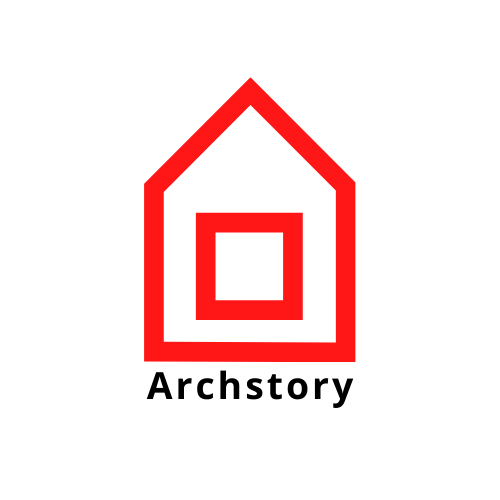
Katsuhiko Endo Architect and Associates-Nakanoshima Museum of Art Osaka
이 미술관의 컨셉은 다양한 사람들과 활동이 교차하는 대도시와 같은 미술관을 디자인하는 것이었다. 누구누 부담없이 방문하고, 배우고, 쉬고, 즐기고, 영감을 받고, 지식을 공유할 수 있는 '도시 공간' 이라고 할 수 있는 박물관이다. 사이트는 나카노시마의 동쪽과 서쪽을 잇는 중요한 연결고리였기 때문에 사람들의 동선을 연결하고 모든 방향으로 인도하는 것이 중요했다. 그렇기 때문에 특정 동선을 만들기 위해 입구를 건물의 전면에 두는 대신 사방팔방으로 사람들을 맞이할 수 있도록 출입구가 있다.
이 지역의 하천 범람 위험에 대비하여 3층 이상에는 미술품 관련 보관실을 배치하였다. 1층과 2층은 전시 관람객 이외의 사람들이 사용할 수 있는 공용 공간이다. 5층 규모의 철골조 건물은 베이스 격리 구조로 설계된 박물관 본관과 신축 이음을 통해 일체화된 내진 구조로 설계된 주차장 건물로 구성되어있다.
The concept is to design an art museum like a metropolis where a variety of people and activities intersect. It is a museum that can be described as an “urban space”, where anyone can casually visit, learn, relax, enjoy, be inspired, and share knowledge.
Osaka Nakanoshima, a sandbank lying between two rivers, the Dojima River and the Tosabori River, has been a thriving area for trading and commercial activities since the Middle Ages. Also, this site was an important nexus between the east and west sides of Nakanoshima, thus, making it important to connect the flow of people and guide them in all directions. For this reason, instead of having a “front” of the building to create a specific route, a series of entrances were designed to welcome people in all directions.
In preparation for the risk of river flooding in this area, artwork-related storage rooms are positioned on the 3rd floor and above. On the other hand, the 1st and 2nd floors are public spaces that can be used by people other than exhibition visitors. The five-story steel-framed building is composed of the main museum building, designed with a base-isolated structure, and the parking lot building, designed with an earthquake-resistant structure, which is integrated through expansion joints.
The external spaces on the 1st and 2nd floors are continuous to the surrounding landscape, being conscious of enhancing urban accessibility. In order to make a seamless connection, it was necessary to eliminate the height difference to the surrounding site. As a result, on top of the “typography” of the 1st and 2nd floors, a clear geometric “architecture” with massive square facades was designed to express the museum as a floating formation in the city.
The 2nd floor is connected to the surrounding public facilities by a walkway deck. A connecting walkway is planned to be further extended to the west side of the building, contributing to the future liveliness of the neighborhood area and the ease of getting around. By designing these complex aspects embedded in a very simple form, we aim to keep exploring what is the key factor in designing architecture today.
Photography by Hiroshi Ueda, Nao Takahashi









from archdaily
